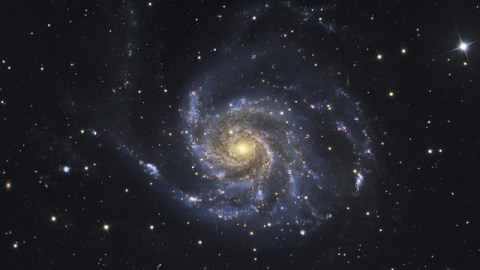NuSTAR Hits The Jackpot: Ten Supermassive Black Holes

What’s the Latest Development?
NASA scientists reported last month in Astrophysical Journal that the Nuclear Spectroscopic Telescope Array (NuSTAR), launched into Earth orbit last year, has located the first 10 of what will likely be hundreds of new black holes. After cross-checking with data from other observatories and the European Space Agency’s XMM-Newton satellite, the team confirmed that the finds reside deep in the centers of faraway galaxies and are huge in size.
What’s the Big Idea?
Supermassive black holes — some of which have 17 billion times the mass of the sun — are now believed to be the source of the universe’s cosmic X-ray background, a mysterious glowing phenomenon first noticed by astronomers in the early 1960s. The “serendipitous” discovery of 10 signals a great start for NuSTAR, which was designed specifically to look for black holes. Study co-author and NuSTAR project scientist Daniel Stern says the ones that are further away are located in larger galaxies, which makes sense: “Back when the universe was younger, there was a lot more action with bigger galaxies colliding, merging and growing.”
Photo Credit: Shutterstock.com





